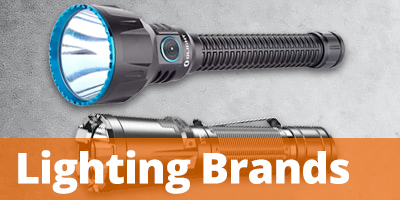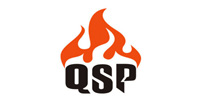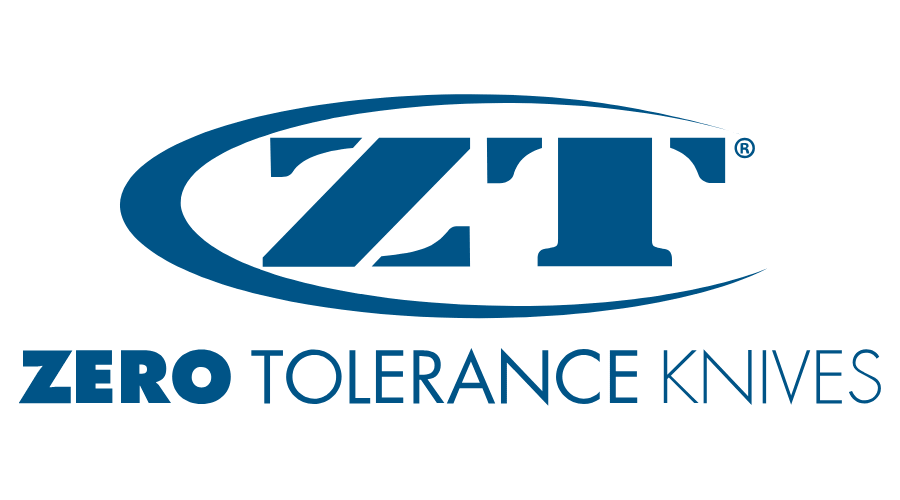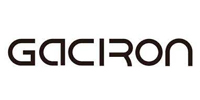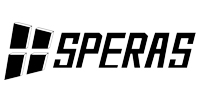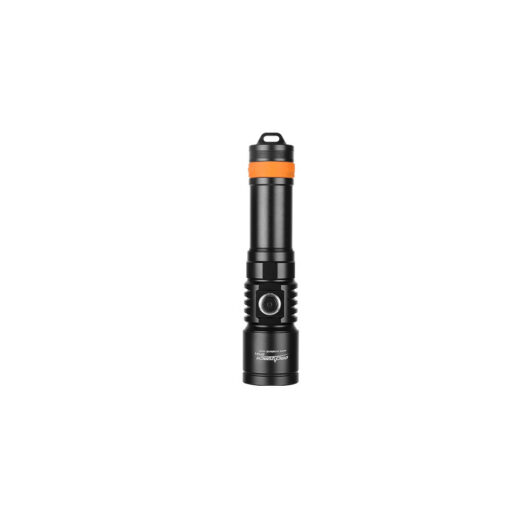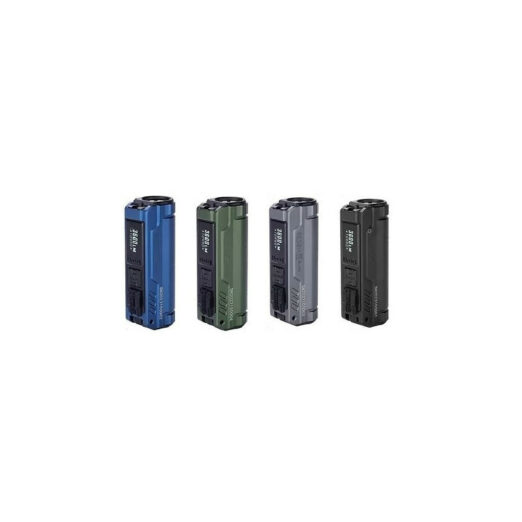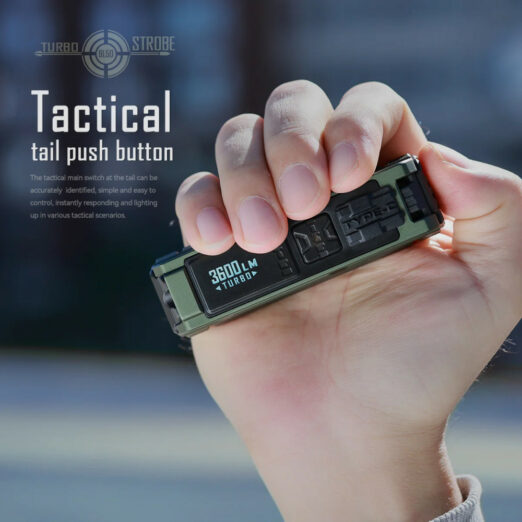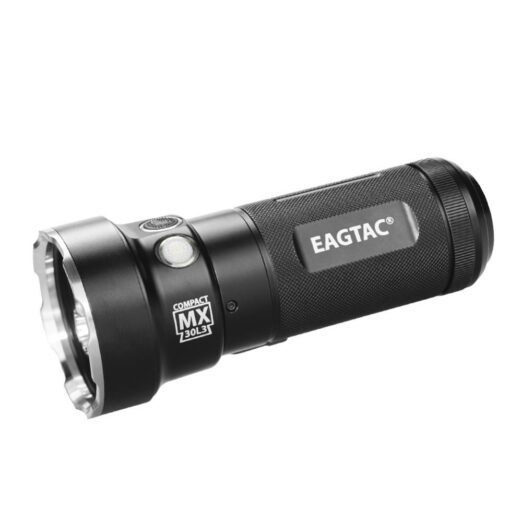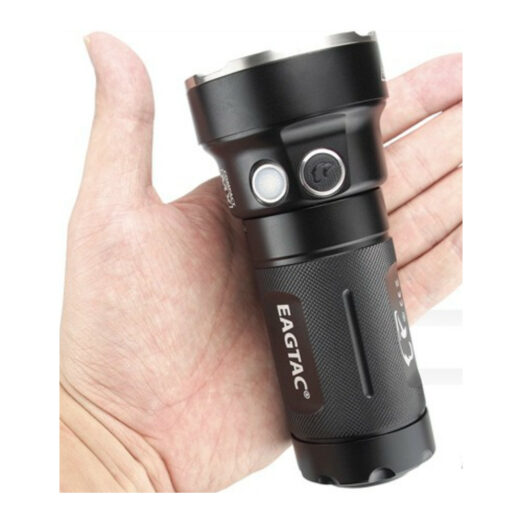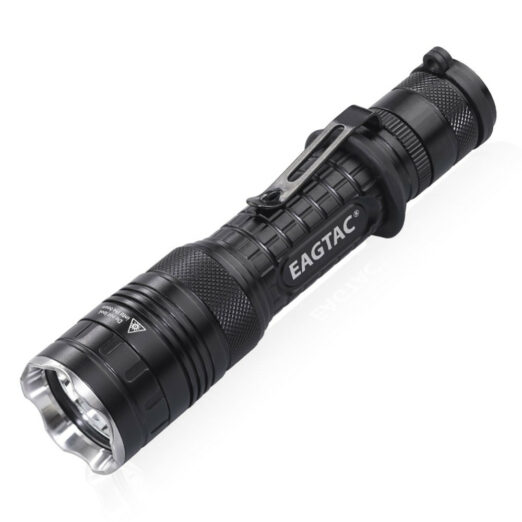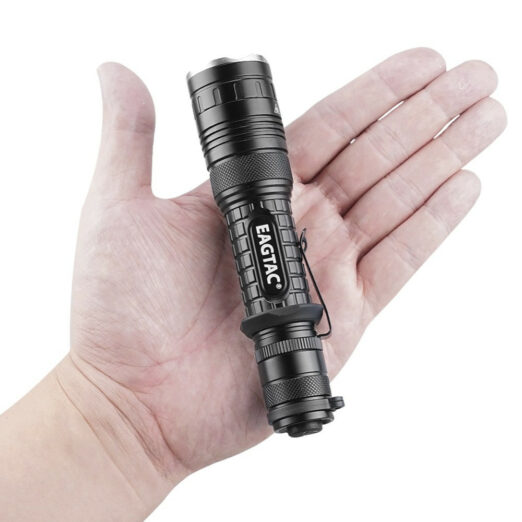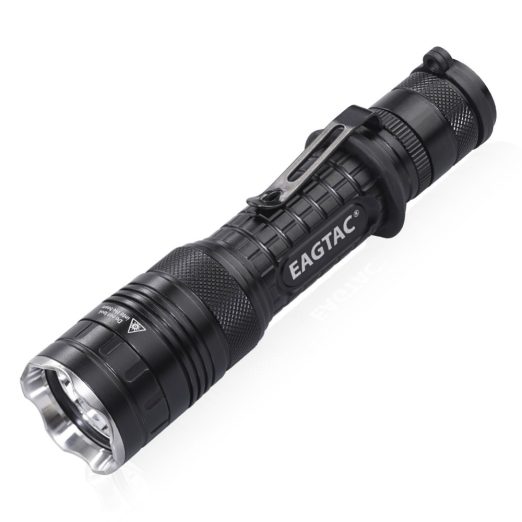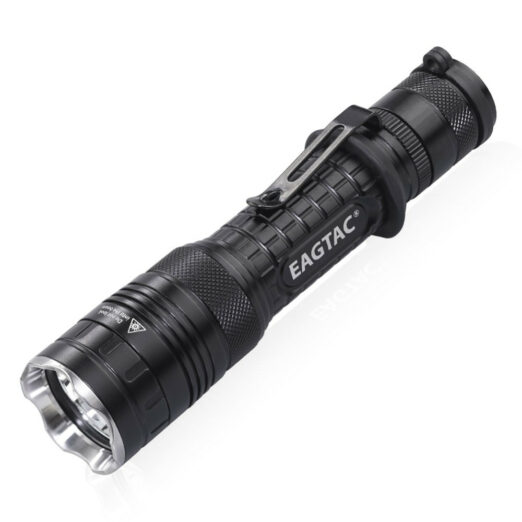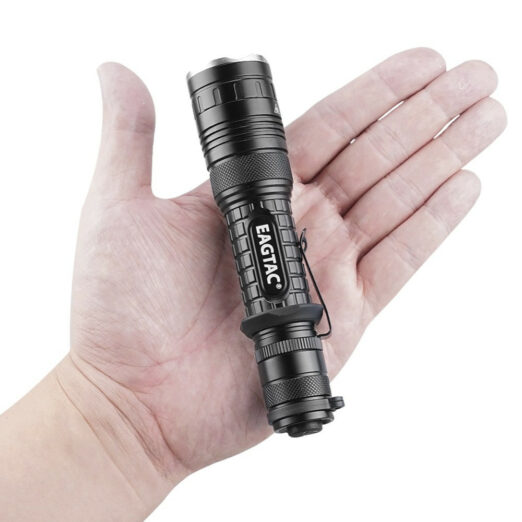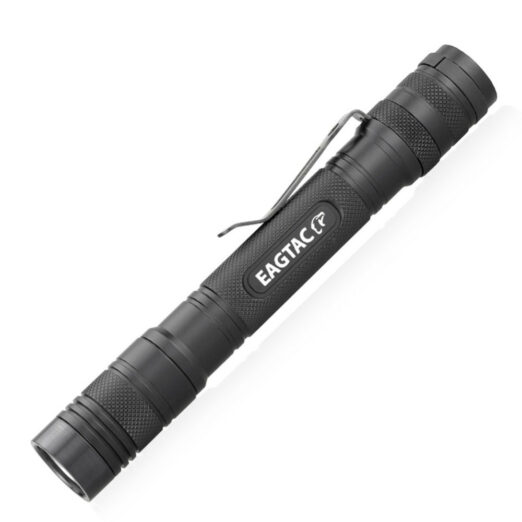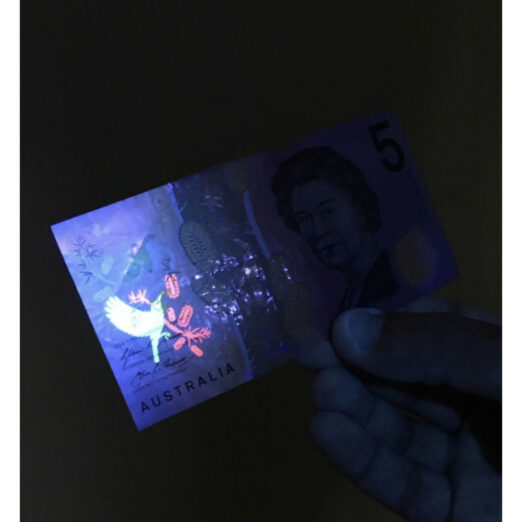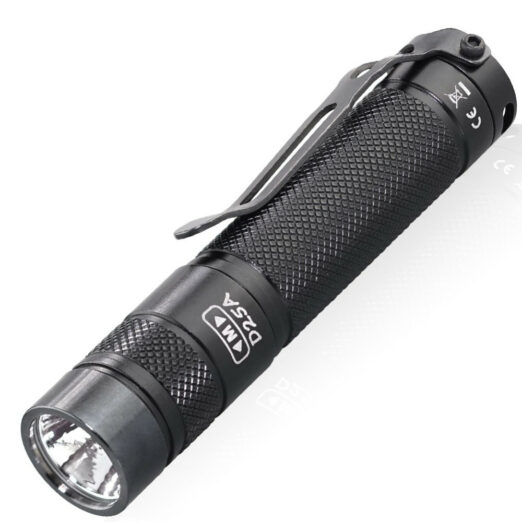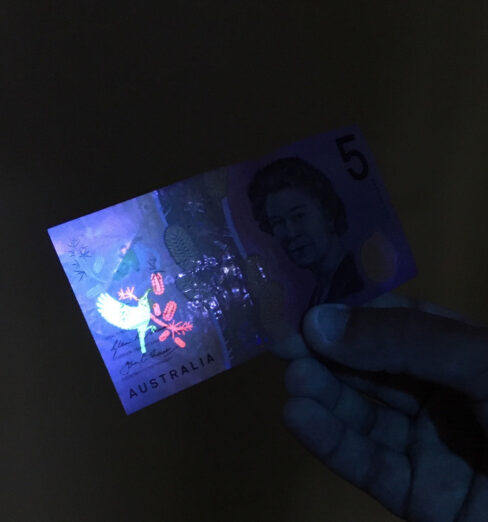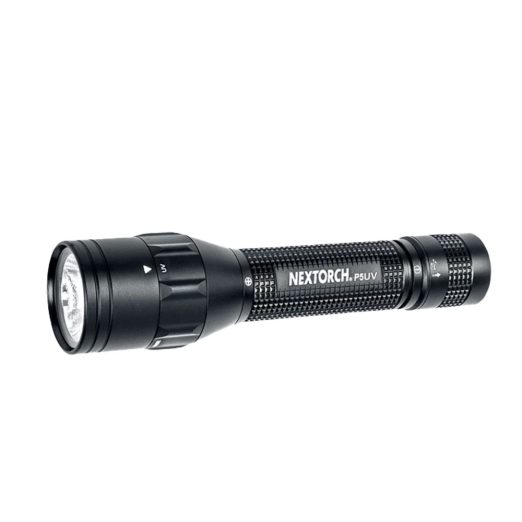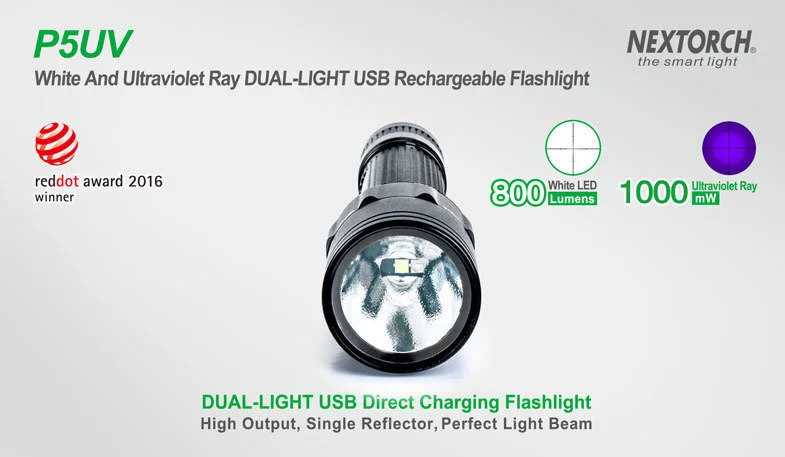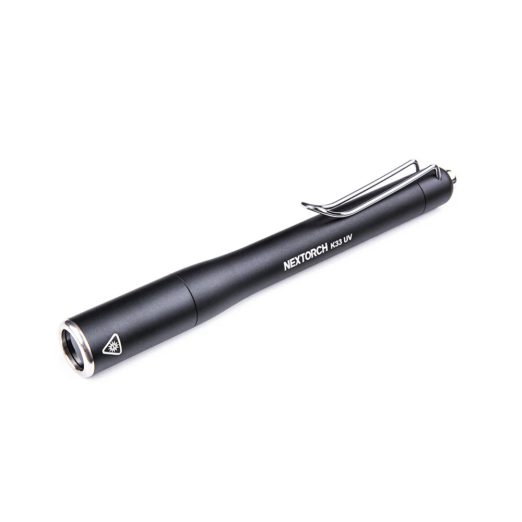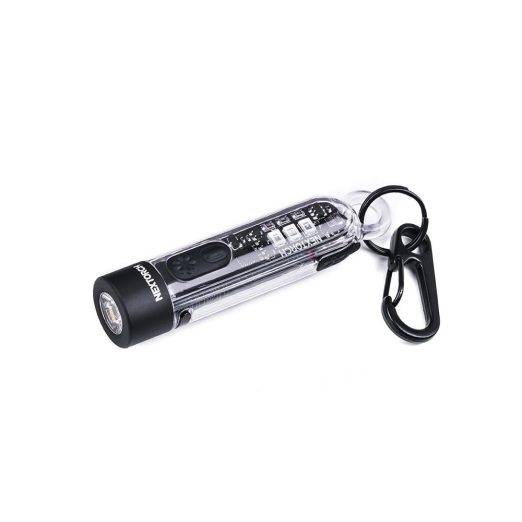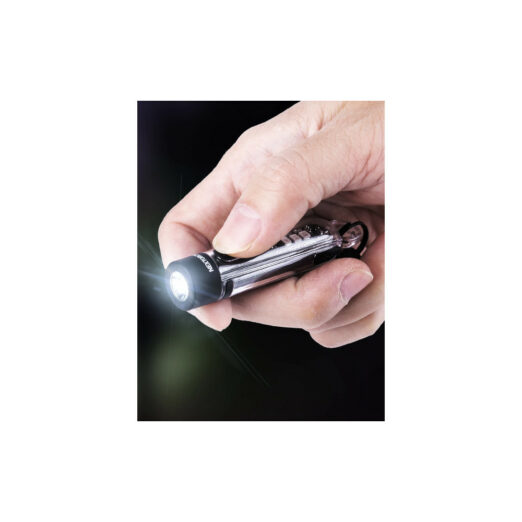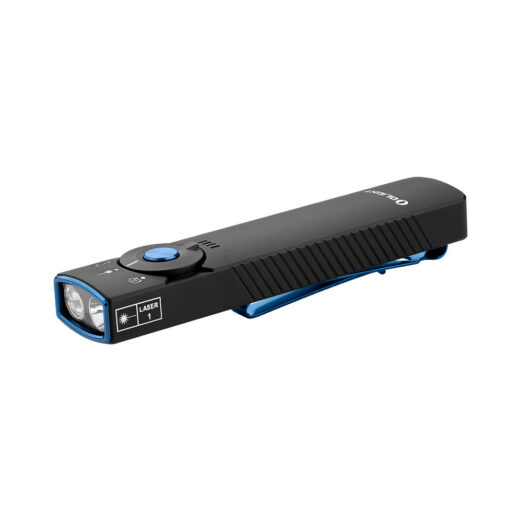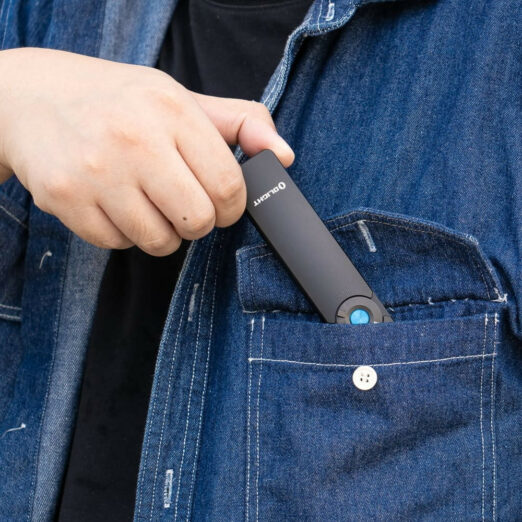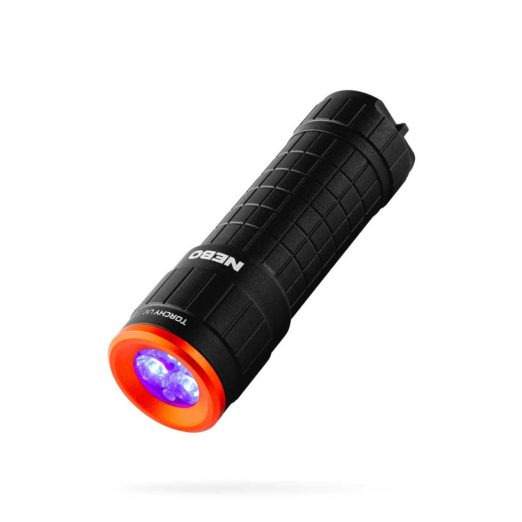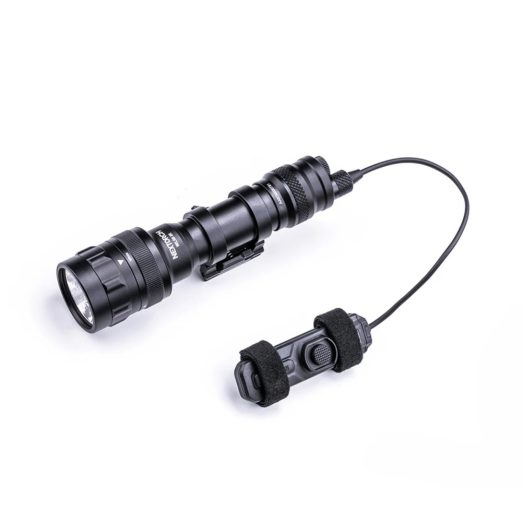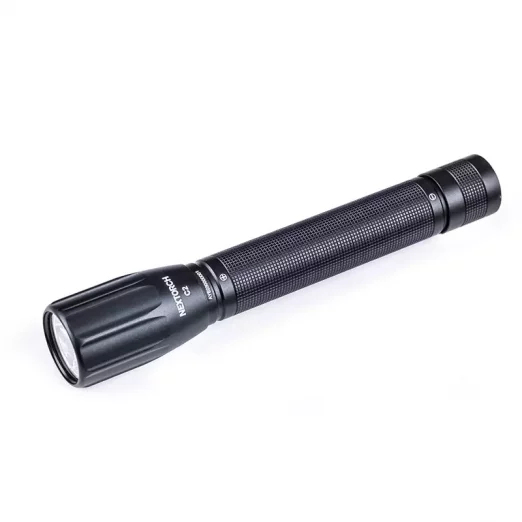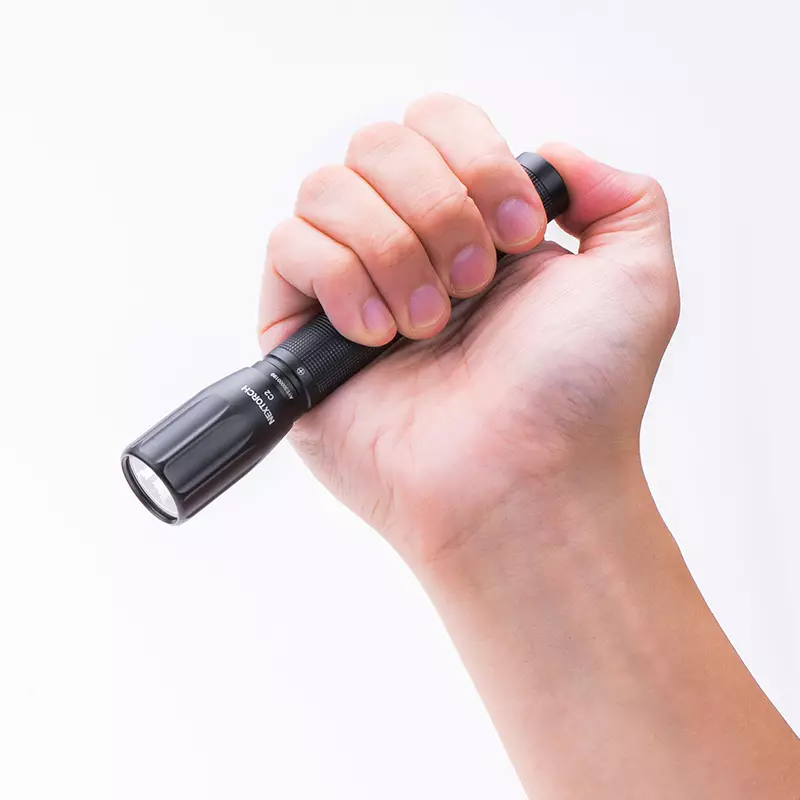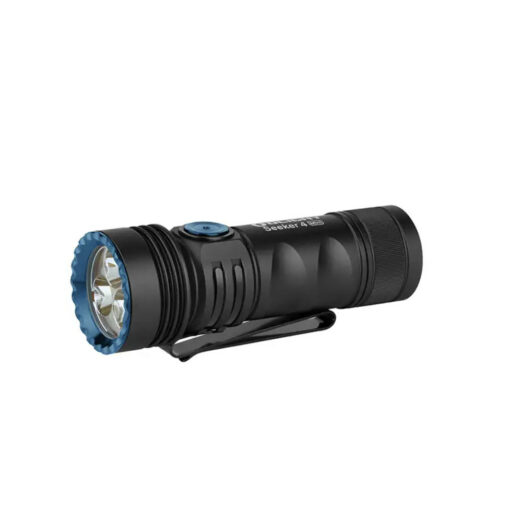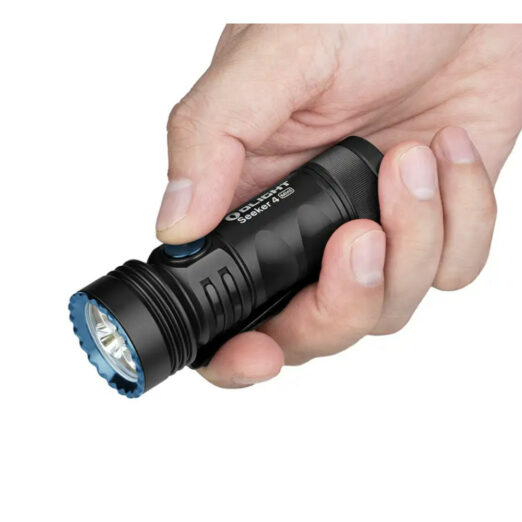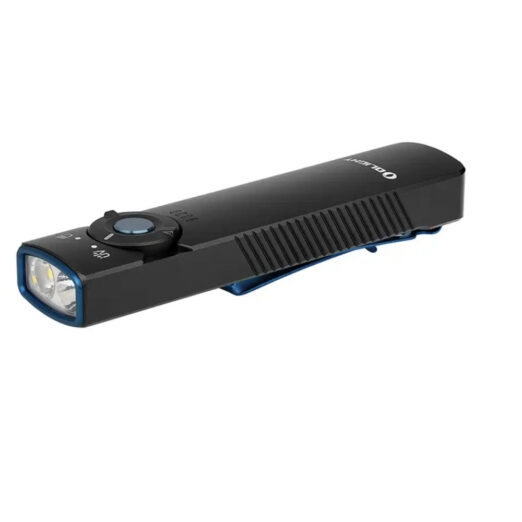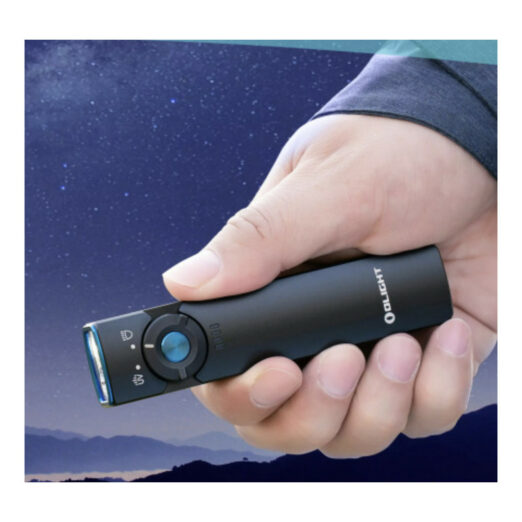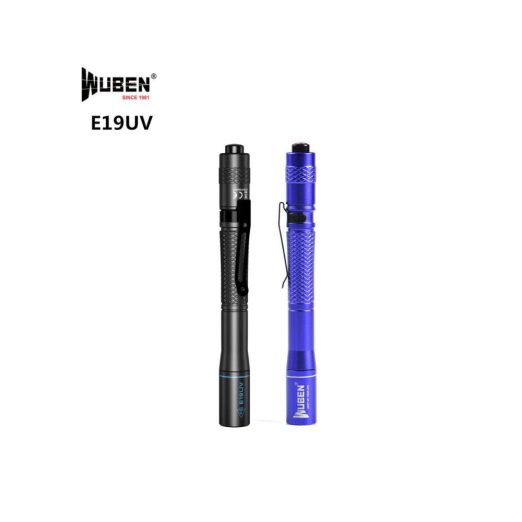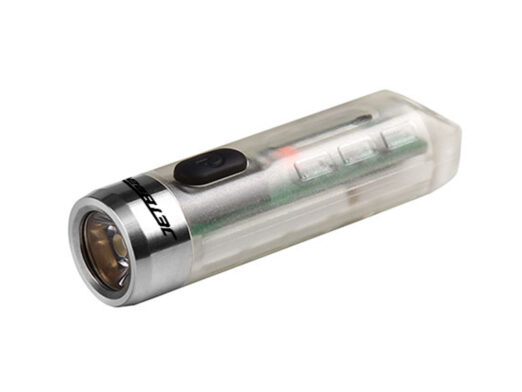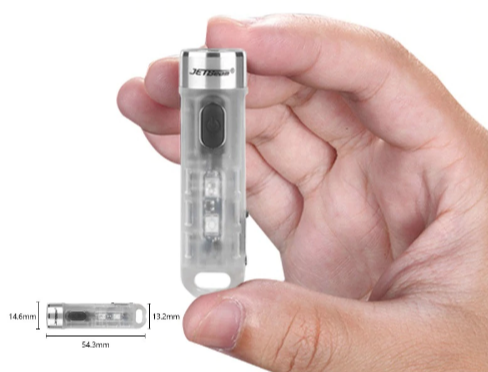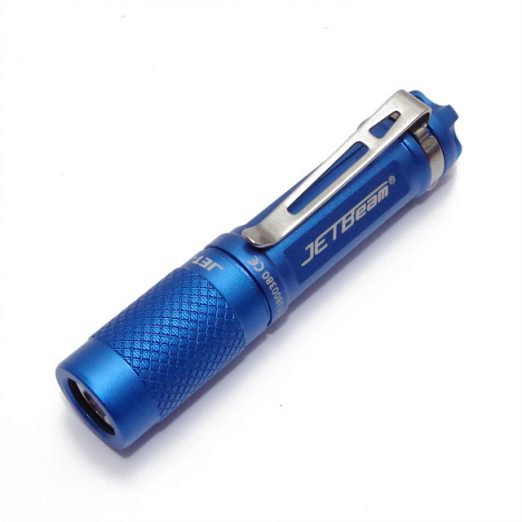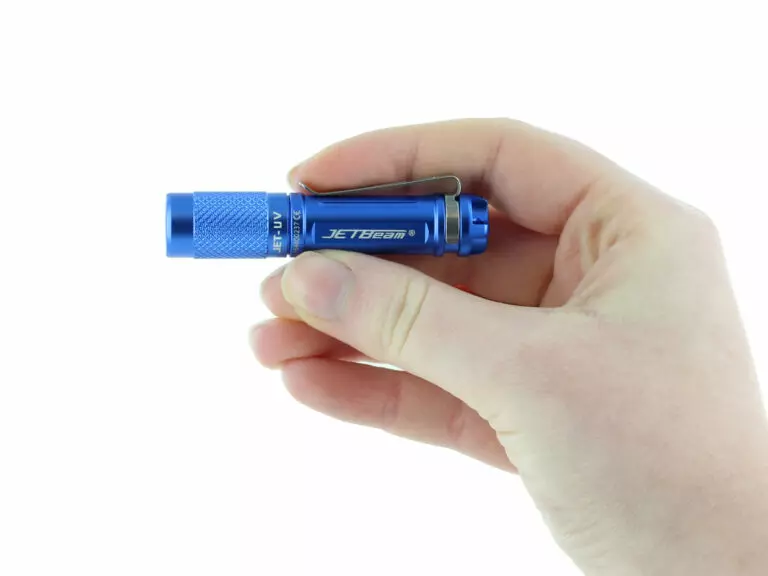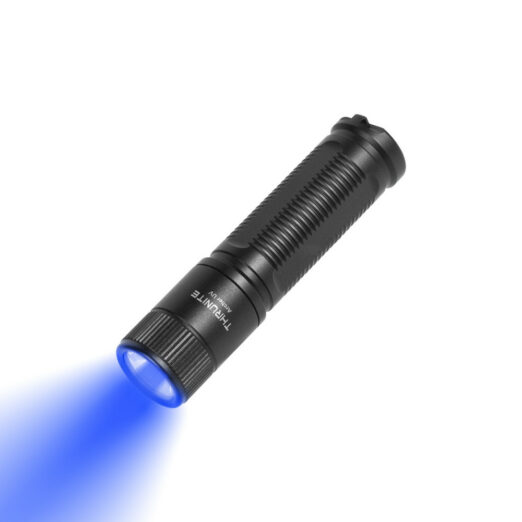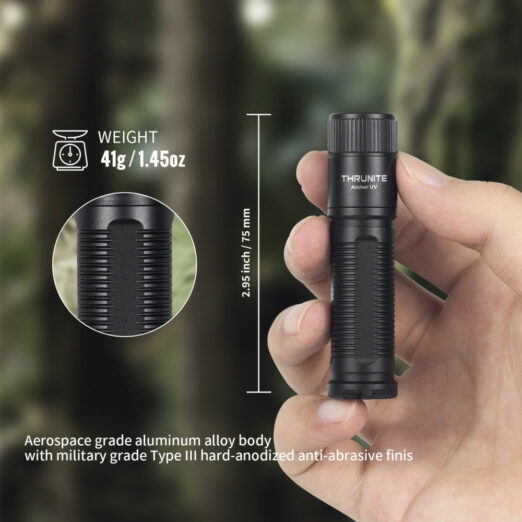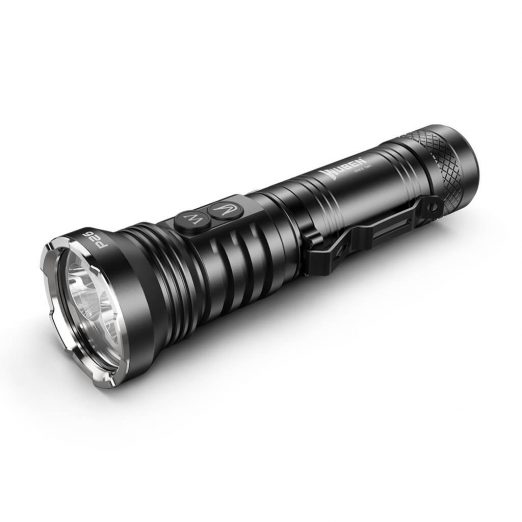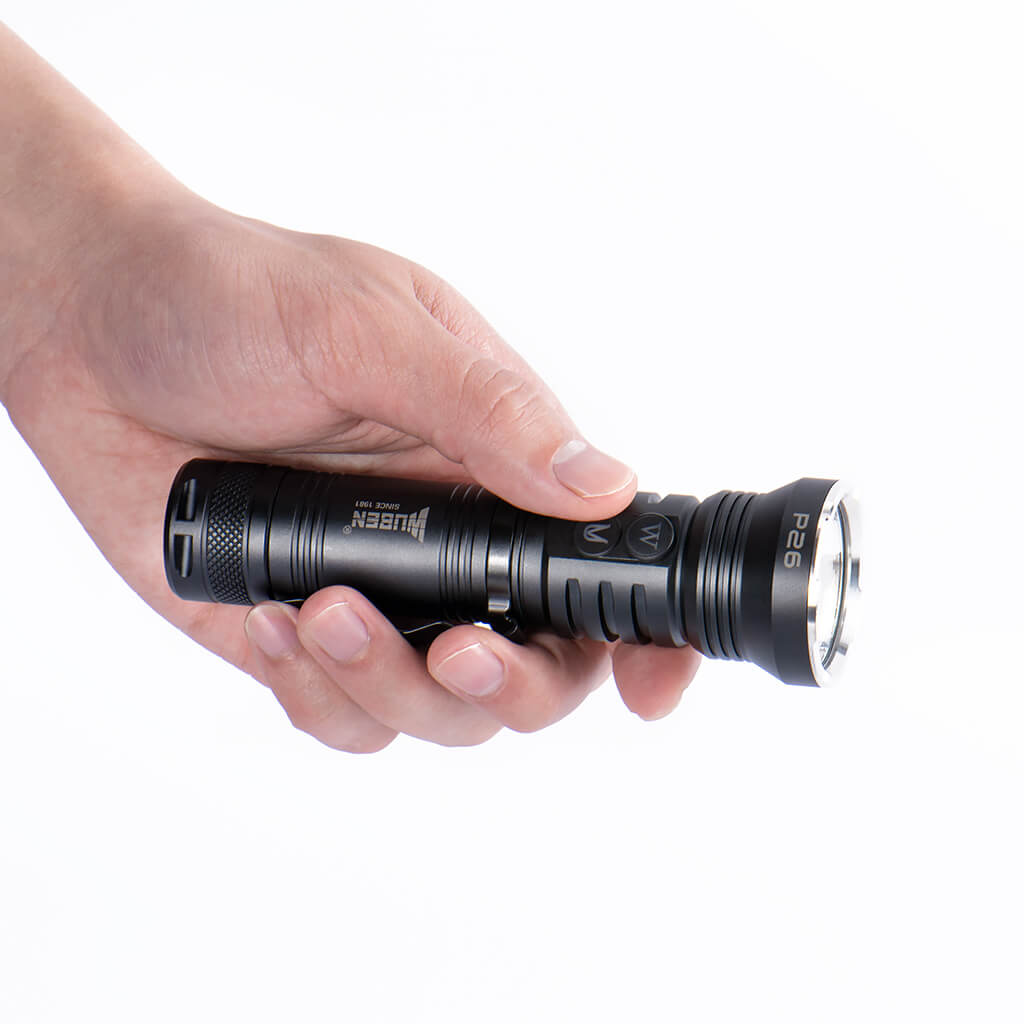What is a UV flashlight?
A UV flashlight, also known as a blacklight flashlight, emits ultraviolet radiation, a type of light energy that is not visible to the human eye. These flashlights are designed to emit UV light in specific wavelengths, typically at 365nm or 395nm. They are used for various purposes such as detecting pet urine, identifying counterfeit currency, inspecting hotel rooms for cleanliness, finding scorpions, and searching for fluorescent minerals.
Applications:
UV flashlights have a wide range of applications, both commercial and personal. They can be used by forensic investigators to identify bodily fluids at crime scenes, by pest control professionals to detect insect infestations, and by cleaning staff to locate hidden stains on furniture, carpets, and walls. Additionally, UV flashlights are popular among hobbyists and collectors who use them to examine and appreciate fluorescent minerals and artwork.
When using a UV flashlight, it is important to note that prolonged exposure to UV light can be harmful to the eyes and skin. It is recommended to wear protective eyewear and avoid shining the light directly into the eyes.
UV flashlights have a wide range of uses across various industries and personal applications. Here are some common applications for UV flashlights:
-
Counterfeit Detection: UV flashlights are commonly used to detect counterfeit currency and authenticate documents by revealing hidden security features that fluoresce under UV light.
-
Forensic Investigations: UV light is used in forensic investigations to detect the presence of bodily fluids such as blood, urine, semen, and saliva, which may fluoresce under UV light.
-
Pet Stain Detection: UV flashlights can be used to locate pet urine stains on carpets, furniture, and other surfaces that are not visible to the naked eye. These stains often fluoresce under UV light, making them easier to identify and clean.
-
Scorpion Hunting: Scorpions are nocturnal creatures that can be difficult to spot. UV flashlights can make scorpions glow in the dark, helping to locate and identify them.
-
Mineral and Gemstone Identification: UV flashlights are used by geologists, mineral collectors, and gemstone enthusiasts to identify fluorescent minerals and gemstones. Certain minerals exhibit fluorescence when exposed to UV light, allowing for easier identification.
-
Cleaning and Sanitation: UV flashlights can be used to inspect hotel rooms, public restrooms, and other areas for cleanliness. They can reveal the presence of bodily fluids, stains, and other contaminants that are not otherwise visible.
-
HVAC and Leak Detection: UV flashlights are used to detect refrigerant leaks in air conditioning and cooling systems. UV dyes are added to the system, and the flashlight is used to identify the source of the leak by illuminating the fluorescent dye.
-
Artwork and Conservation: UV flashlights are used in art restoration and conservation to examine paintings, sculptures, and other works of art. They can reveal hidden signatures, repairs, and alterations that may not be visible under normal lighting.
These are just a few examples of the many uses for UV flashlights. Their versatility and portability make them valuable tools in various fields.
People who use UV flashlights:
UV flashlights are used by a variety of individuals and industries for various purposes. Here are some examples:
-
Law enforcement and forensic investigators: UV flashlights are used to detect and analyze trace evidence, such as bodily fluids (blood, urine, semen, saliva) that fluoresce under UV light. This can help in crime scene investigations and identifying potential suspects. (Source: The Science Company)
-
Counterfeit detection: UV flashlights are effective in detecting counterfeit money and verifying the authenticity of documents by revealing specific security features that are invisible to the naked eye. (Source: Drimark)
-
Pest control professionals: UV flashlights are used to locate and identify pests like scorpions, bed bugs, and pet stains. These pests may emit fluorescent substances that become visible under UV light. (Source: LOFTEK)
-
HVAC technicians: UV flashlights are utilized to inspect air conditioning systems and identify leaks or blockages in pipes. UV-reactive dyes are added to the system, making it easier to pinpoint the source of the problem under UV light. (Source: LOFTEK)
-
Cleaning and sanitation industry: UV flashlights can be used to ensure thorough sanitation in hotel rooms, hospitals, and other environments where cleanliness is crucial. UV light can reveal hidden stains and contaminants that are not visible to the naked eye. (Source: Everbeam)
These are just a few examples, and the applications of UV flashlights extend beyond these areas. UV flashlights offer versatility and convenience in situations where the use of ultraviolet light is required.
What is an IR flashlight?
An IR (Infrared) flashlight is a handheld device that emits infrared light, which is outside the visible spectrum of human eyes. These flashlights produce light at longer wavelengths than what the human eye can perceive, typically in the range of 700 to 1000 nanometers. IR flashlights are commonly used in night vision applications and can illuminate objects in low-light or complete darkness without giving off a visible glow. They are often utilized by military personnel, law enforcement, hunters, and outdoor enthusiasts for activities such as surveillance, navigation, wildlife observation, and security purposes. Infrared flashlights work in conjunction with infrared-sensitive devices like night vision goggles and cameras, allowing users to see clearly in situations where traditional lighting would be ineffective or give away their position.
Applications:
IR flashlights, also known as infrared flashlights, have a range of applications across various industries. These specialised flashlights emit infrared light, which is not visible to the human eye but can be detected by certain devices and sensors. IR flashlights are commonly used in night vision technology, security surveillance systems, wildlife observation, photography, and military operations. They provide a covert source of illumination in low-light conditions, allowing users to see clearly without alerting or disturbing their surroundings. Additionally, IR flashlights are utilized in scientific research, search and rescue operations, and even in recreational activities like stargazing and camping.
People who use IR flashlights:
IR flashlights are used by various individuals and industries for specific applications. Military personnel, law enforcement, and security teams often use IR flashlights for covert signalling and night operations. Hunters utilize IR flashlights along with night vision devices to spot animals without alerting them. Wildlife photographers and researchers use IR flashlights to observe and document nocturnal animals without disturbing them. Infrared illuminators are also employed in search and rescue operations to navigate and locate individuals in low-light conditions. Additionally, IR flashlights have applications in photography, filmmaking, and invisible light experiments. These flashlights provide a versatile tool for those needing to operate in darkness or harness the benefits of infrared light.
What is the difference between a UV and an IR flashlight?
The main difference between an IR (Infrared) flashlight and a UV (Ultraviolet) flashlight lies in the type of light they emit and their respective applications.
IR flashlights emit infrared light, which is not visible to the human eye but can be detected by certain cameras and night vision devices. They are commonly used in military, law enforcement, surveillance, and wildlife observation applications to provide covert illumination without attracting attention.
On the other hand, UV flashlights emit ultraviolet light, which is also invisible to the human eye. UV flashlights are used for various purposes such as counterfeit detection, forensic investigations, pest control, and cleaning/sanitation. They can reveal fluorescent substances, highlight hidden stains, and identify specific security features that fluoresce under UV light.
In summary, while both IR and UV flashlights emit light that is outside the visible spectrum, their applications and uses differ. IR flashlights are primarily used for covert illumination and detection with specialised equipment, while UV flashlights have applications in fields like forensics, counterfeit detection, and sanitation.


